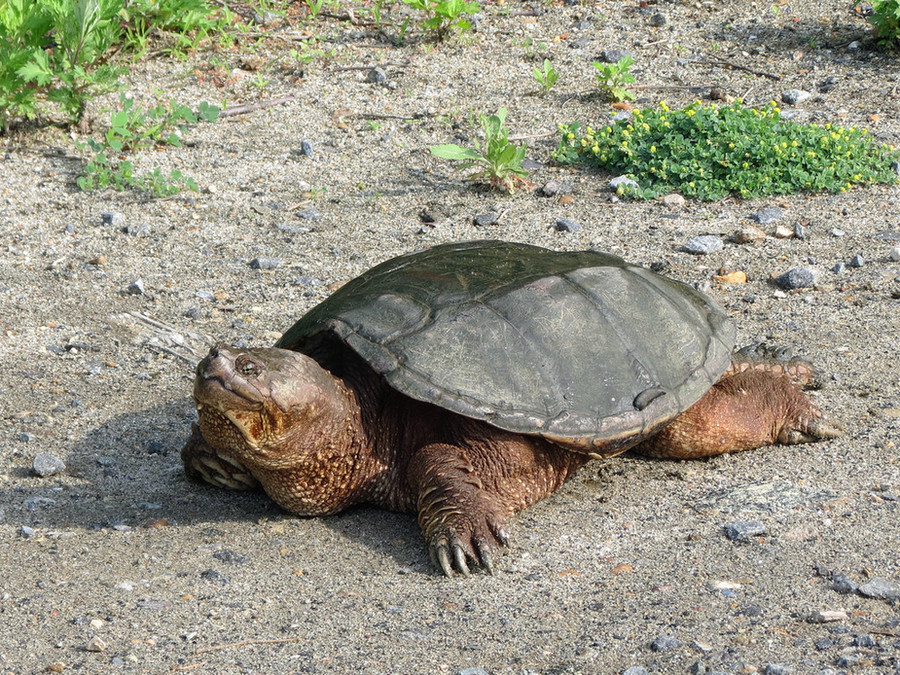HOME | DD
 Bonnerscar — Zoo Tycoon Profile: Common Snapping Turtle
Bonnerscar — Zoo Tycoon Profile: Common Snapping Turtle

#zootycoon #commonsnappingturtle #animals #reptiles #snappingturtle #turtle #turtles
Published: 2020-09-21 15:21:54 +0000 UTC; Views: 1294; Favourites: 28; Downloads: 0
Redirect to original
Description
The Common Snapping Turtle (Chelydra serpentina) is a large freshwater turtle of the family Chelydridae. The natural range of Common snapping turtles extends from southeastern Canada, southwest to the edge of the Rocky Mountains, as far east as Nova Scotia and Florida. These turtles inhabit rivers, lakes, marshes, shallow ponds or streams. They may also occur in brackish environments, such as estuaries. The large head terminates in a sharp, strongly hooked beak. The tail is long and muscular. These turtles have a rugged, muscular build with a ridged carapace (upper shell), although ridges tend to be more pronounced in younger individuals. The carapace (top of shell) varies in color from black to light brown. Common snapping turtles spend most of their time in the water rather than on land. They are most active at dawn and dusk when doing their hunting. As one of the strategies to ambush the prey these turtles sometimes bury themselves in the mud with only their nostrils and eyes exposed.Diet and Nutrition: Common snapping turtles are omnivores. They consume both plant and animal matter and are important aquatic scavengers. They are active hunters that prey on anything they can swallow, including many invertebrates, fish, frogs, reptiles (including snakes and smaller turtles), unwary birds, and small mammals.
Social: Snapping turtles are solitary creatures. Social interactions are limited to aggressive interactions between individuals, usually males.
Size: The carapace length in adulthood may be nearly 20 inches, though 9.8 to 18.5 inches is more common. The weight is 9.9 to 35.3 pounds, the heaviest wild specimen can weigh 75 pounds. In captivity, overfeeding can weigh 86 pounds.


























